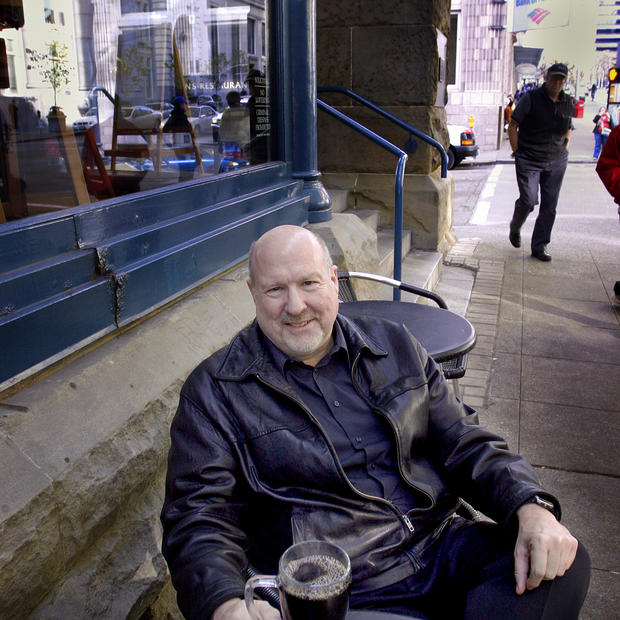James Corner of the New York City-based design firm "james corner field operations" beat out three other outstanding teams vying for the design of Seattle's Central Waterfront. Corner's team took home the $6 million prize from teams headed by Seattle-based Gustafson Guthrie Nichol, and two other teams headed by firms of national repute, Wallace Roberts Todd and Michael VanValkenburg.
The winning team will determine the overall framework for the waterfront, with other designers responsible for individual pieces.
The corner field operations team includes a number of other architectural firms, among them four that are local: Mithun, The Berger Partnership, Herrera, and Jason Toft.
According to members of the selection committee, Corner impressed them with a thorough understanding of Seattle's unique blend of a "tough" industrial past, intricate natural systems, and an increasingly urbane character. He also articulated a powerful and compelling vision for a waterfront of varied civic spaces.
In announcing the winner Tuesday morning in City Hall, Peter Hahn, director of the Seattle Department of Transportation, which will be managing the contract, declared, "This will be a hundred year plan. It will be a legacy for many generations." He credited Corner for advancing bold ideas for the front yard of Seattle, creating not just a singular big park, but a series of places that will attract residents and visitors alike.
Responding to questions reflecting a suspicion that the project will bring nothing but exclusive condominiums and hotels, he said, "This is public right of way — public space — it's not about development." He then clarified by saying that neighboring properties would be able to take better advantage of views and access to the waterfront.
"For decades buildings turned their backs away from the noise and bulk of the viaduct," Hahn said. "Now they will be able to face the other way." He also explained that design plans might call for small pavilions containing food and services that can help activate the public spaces.
The city has secured about half of the almost $600 million necessary for design and construction of a new surface boulevard, shoreline restoration, and park spaces. It has sufficient funds now to begin design work, which will include a substantial public involvement process. Given that the Alaskan Way Viaduct is not scheduled to come down for at least five more years, there should be ample time for design, public input, considering alternatives, environmental analysis, and obtaining additional funding.
This is some time to wait for a grand new vision to unfold. But Hahn added that field operations' proposal included ideas for more immediate and shorter-term changes. Corner has promised to commit much of his own time to this project, which overlaps another design effort to redesign and rebuild the seawall. Hopefully, both project teams will inform each other's work.
Initial phases of the design process will examine the larger downtown setting and how the waterfront can be linked to neighborhoods and districts – both mature and emerging. The first six months will include a high-profile public process to garner interest and ideas.
The choice of field operations is a bit risky, as they are only 15 years old and have a limited number of built projects, in contrast to the other teams. But their projects, such as the High Line and Fresh Kills in New York have received considerable praise from many quarters. They have a bit of an "edgy" reputation, combining intellectual passion with unusual ways of thinking about how people might use urban space. Much like Rem Koolhaas’ approach for the Central Library, we might expect detailed, academic rigor supporting atypical and even quirky solutions.
But our waterfront has been in need of a good dose of quirkiness. The bland array of background buildings and an uneventful streetscape has kept most of us who live here from using it, except when relatives from Iowa are in town. It's been mainly a place for tourists to hang out, take tours, and eat deep-fried fish.
Now we have the chance to have our own urban esplanade, joining cities such as Barcelona, Boston and Sydney that have repurposed their shorelines. Field operations, along with its affiliated national and local designers and artists, will soon be gettin’ busy.


